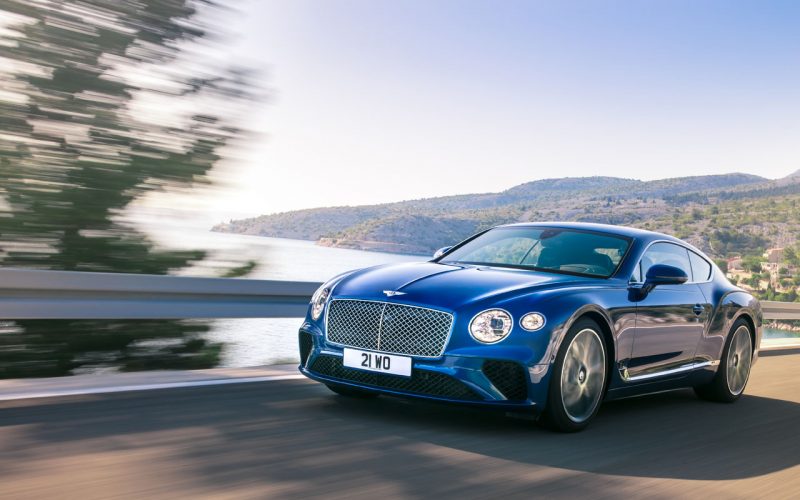
Reading Time: 10 minutesBeauty is in the eye of the beholder, but almost every car enthusiast found the original
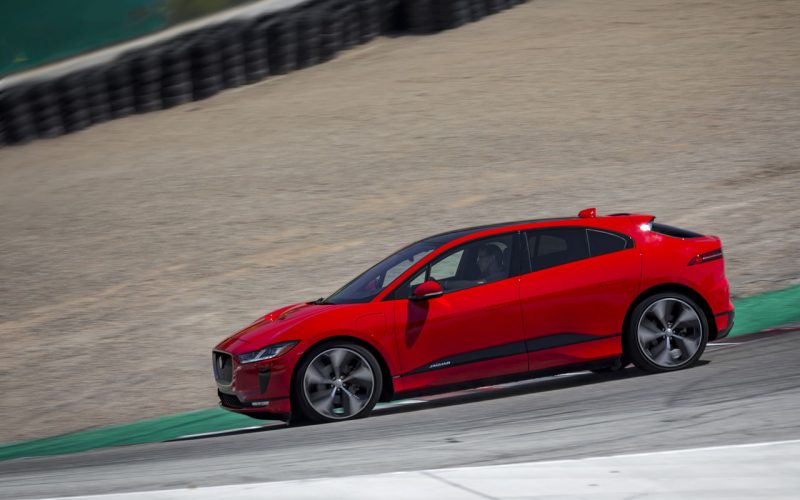
Reading Time: 5 minutesSilence is golden, and in the case of the inherently quiet Jaguar I-Pace it’s also very
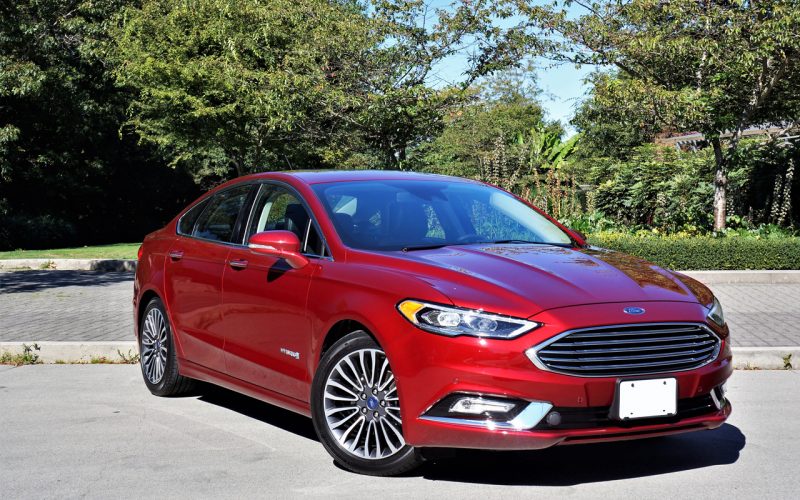
Reading Time: 9 minutesAs nice as the 2018 Fusion Hybrid Titanium is to look at, and as enjoyable it
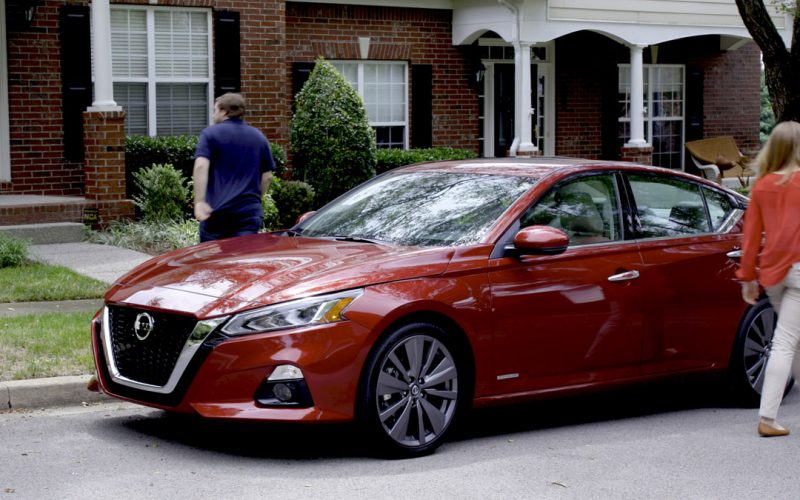
Reading Time: 4 minutesLast year Nissan announced its new “Rear Door Alert” (RDA) technology would soon be available on
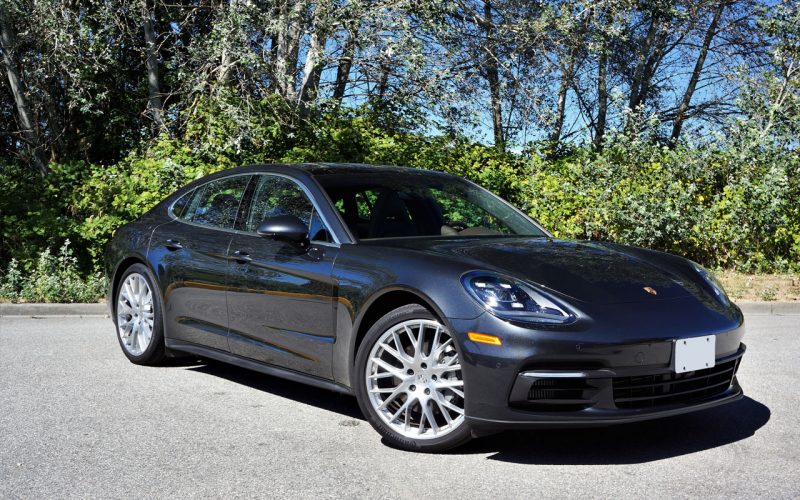
Reading Time: 12 minutesAs my dad always said, if you’re going to do something, do it right. Such is
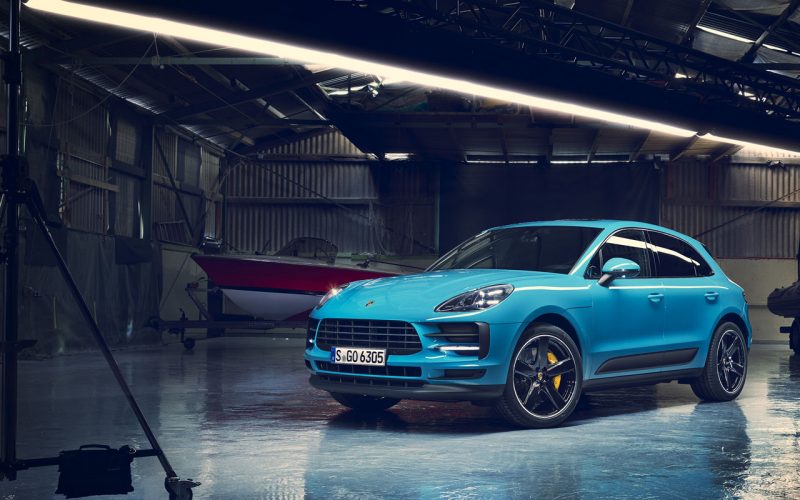
Reading Time: 5 minutesPorsche just revealed the 2019 Macan at a special world premiere event in Shanghai, China, allowing
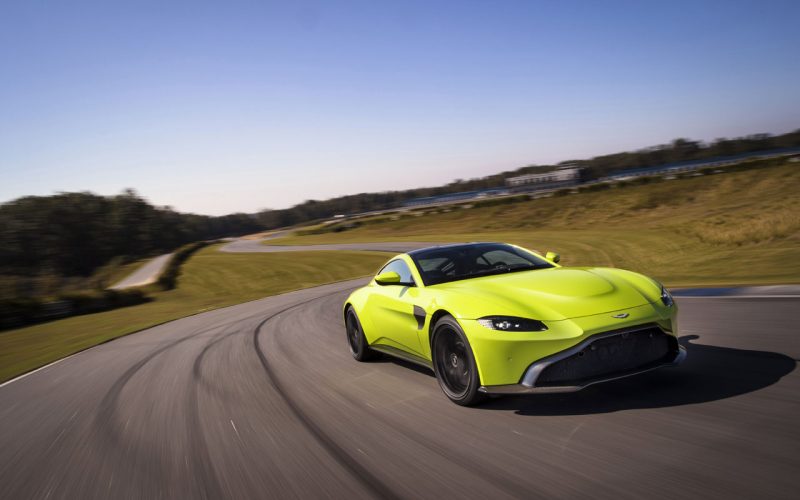
Reading Time: 8 minutesThe age-old question “Porsche 911 Turbo or Aston Martin Vantage?” has taken on even greater relevance
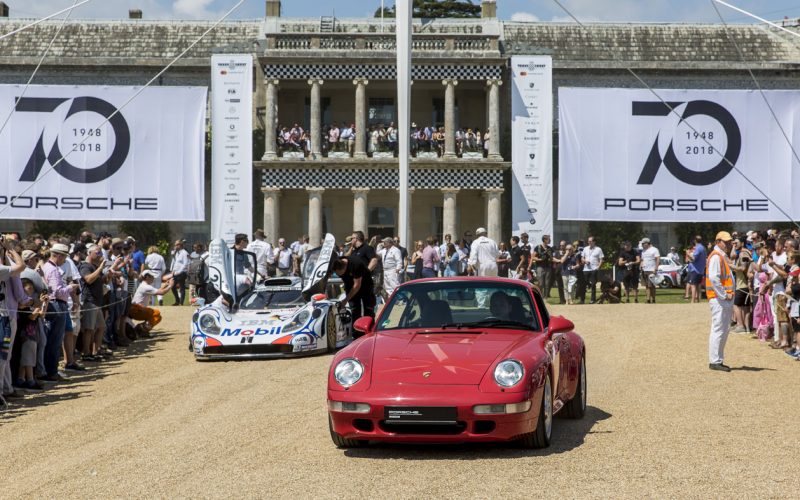
Reading Time: 5 minutesAs far as car companies go, Porsche is still youthful and vigorous at 70-years young. Nevertheless
© 2025 The Car Magazine. All Rights Reserved, Privacy Policy | Terms of Use